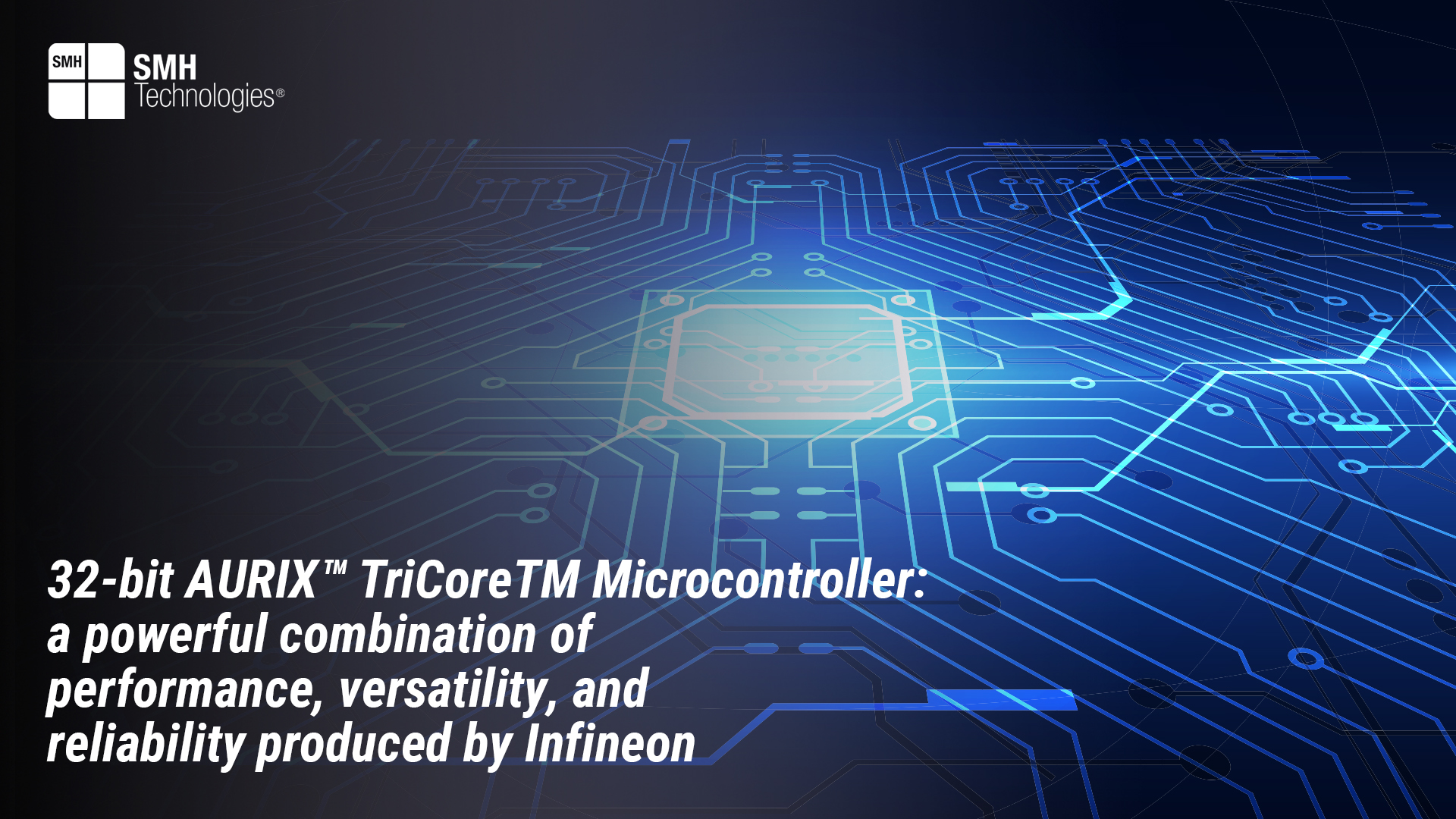Project Description
Infineon’s TriCore™ Microcontrollers stand out for their unique architecture and powerful features, making them suitable for a wide range of demanding applications. Let’s delve into the core of TriCore™ Microcontrollers, their application areas, family variants, and programming protocols.
TriCore™ Microcontrollers’ architecture
They are built around Infineon’s TriCore™ architecture, which combines a RISC processor core with a powerful DSP and an on-chip memory unit. This hybrid architecture delivers high performance and efficiency, making it ideal for complex, real-time control tasks. The innovative TriCore architecture is specifically designed to handle multitasking efficiently, offering a significant advantage in embedded systems requiring robust processing capabilities.
The TriCore™ architecture excels in processing power and speed, enabling sophisticated computation and control functions in embedded systems. This capability is critical in applications requiring rapid data processing and real-time responsiveness, such as in advanced automotive safety systems.
Applications of TriCore™ Microcontrollers
TriCore™ Microcontrollers are engineered to meet the rigorous demands of automotive and industrial applications. They are widely used in powertrain control, chassis and safety systems, body electronics, and advanced driver-assistance systems (ADAS) in the automotive sector. Their versatility also extends to renewable energy applications, such as solar inverters and wind turbine controls, showcasing their broad utility.
In industrial applications, TriCore™ Microcontrollers are found in automation systems, motor control, and robotics, where their high performance and reliability are crucial. The reliability of TriCore™ Microcontrollers underpins their preference in mission-critical applications where downtime can result in significant operational disruptions.
Families of TriCore™ Microcontrollers
Infineon offers a diverse range of TriCore™ Microcontrollers families, each designed to address specific application needs. Key families include the AURIX™ and AUDO families.
The AURIX™ family, for instance, is known for its enhanced safety features, high processing power, and scalability, making it suitable for complex automotive applications. This makes the AURIX™ family particularly appealing for automotive manufacturers focusing on next-generation vehicle technologies. The AUDO family provides robust solutions for both automotive and industrial applications, offering a balanced mix of performance and functionality.
Programming Protocols for TriCore™ Microcontrollers
Programming TriCore™ Microcontrollers involves using a range of development tools and protocols. Infineon provides comprehensive support through its toolchain, including the AURIX™ Development Studio, which supports C/C++ programming and offers various libraries and debugging tools. This comprehensive toolchain is designed to accelerate the development cycle and enhance product time-to-market.
Programming protocols such as JTAG and DAP (Device Access Port) are commonly used for development and debugging. Additionally, Infineon’s development ecosystem includes evaluation boards, starter kits, and extensive documentation to facilitate seamless programming and integration. Utilizing these resources effectively is crucial for developers to harness the full potential of TriCore™ Microcontrollers in their projects.



